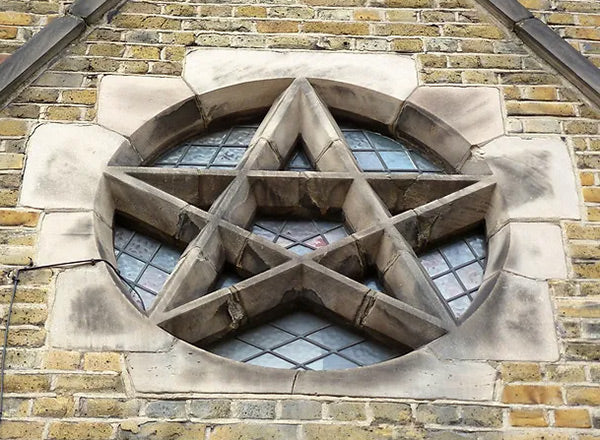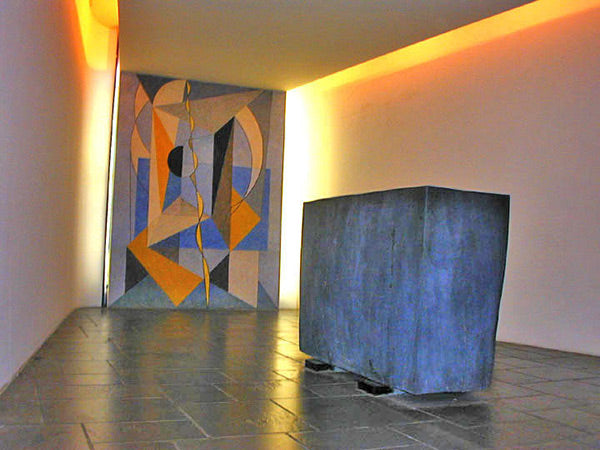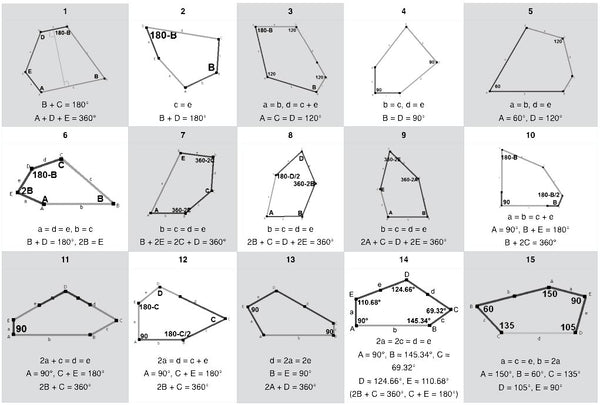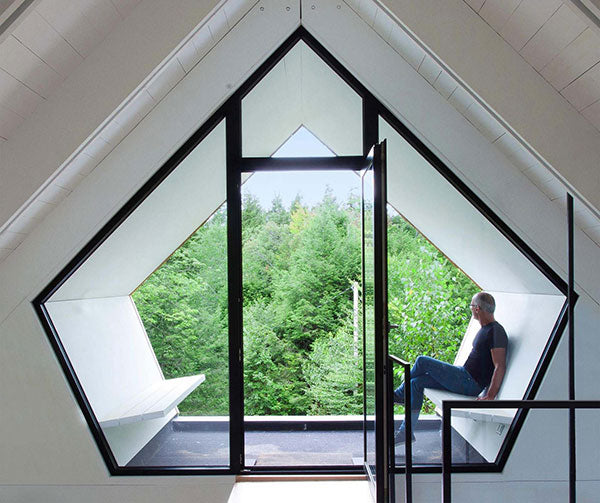Pentagonal (5 sided) architecture
Our small Pentagon obsession continues...
This time we are focused on architecture and physical spaces, where Pentagon's have a really pronounced impact. The earliest pentagonal buildings are all places of worship, which is no surprise given the spiritual significance of the pentagonal shape for many cultures, where Pentagons often represent harmony, unity and the interconnectedness of things. These early cultures must have been very good mathematicians, our heads are hurting just thinking about creating the drawings for a pentagonal building, let alone building one...without a drawing!
Ancient pentagonal architecture
The pentagon is associated with the concept of Phi - the golden ratio – something we explored in our last blog. The Golden Ratio is considered the be the perfect visual balance of things, connecting the five elements of earth, air, fire, water, and spirit. So buildings that feature pentagons have quickly gained cultural significance going back millennia.

Intricate patterns of pentagons can be found in lots of ancient architecture, extending into numerous religious symbols worldwide, from the mesmerizing Islamic geometric tiles to the mystical pentagonal designs in Celtic art. They are everywhere!
3 famous pentagon inspired or shaped buildings. Ok, let’s get this one out of the way and start with the very obvious...
1 - The Pentagon Building
Probably the best-known architectural pentagon in the world is "The Pentagon," it is the headquarters of the United States Department of Defense. The building was completed in 1943 during World War II.
The Pentagon remains one of the largest office buildings in the world, with five concentric rings of corridors and a central courtyard, all within its distinct pentagonal shape.
2 - Pythagoras' Pentagram
Pythagoras, the ancient Greek mathematician and philosopher (and fellow geek), had a real fascination with pentagons (Yay) and their properties. He discovered what became known as 'the Pythagorean theorem', he is also credited with establishing the spiritual significance to the pentagon.
The pentagram, a five-pointed star, has long been associated with Pythagoras and his followers, who believed that the shape had mystical properties and represented harmony and balance, hence it's often used within churches, mosques and other religious buildings.
3 - The United Nations Meditation Room
Located within the UN Headquarters of New York City, the Meditation Room is a place for quiet reflection and prayer for people of all faiths. It was designed by Swedish architect Dag Hammarskjöld and features an impressive pentagonal-shaped altar.
The pentagon rabbit hole (or should that be rabbit pentagon?)
We did say in an earlier blog that this (Pentagons) was a massive rabbit hole that we’d fallen down. Well here’s some more, and if we do say so ourselves, these are just a handful of examples, that show the beautiful way this shape works in contemporary architecture.
Time to be pent-a-gone
With this blog post we are concluding our birthday pentagonal journey, (it's time to move on) we hope you are equally inspired by the magic and wonders of this five-sided shape.
Celebrating 5 years of DressCode Shirts with a pentagon theme has allowed us to explore this shape from the natural world to mathematics (my head still hurts just thinking about this part), art and architecture.
The pentagon has left its mark upon our world in many places, in many forms (15 different pentagons - mind blown), captivating people for centuries.
It’s certainly kept us busy and inspired the creation a shirt using this amazing shape.





